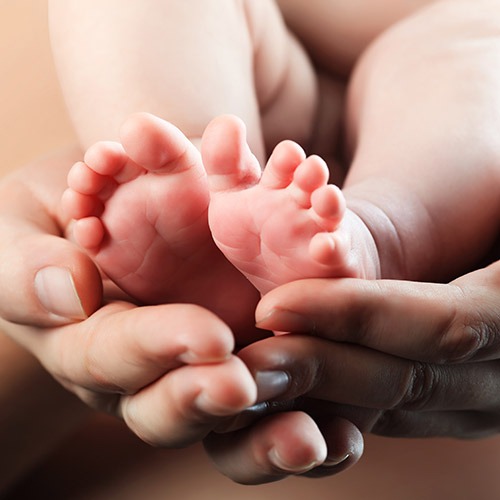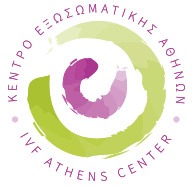
Embryo / Blastocyst Hatching
The next day (1st Day), the embryologists inform you about the number of the fertilized eggs and their development rate. In cases where there is a large number of fertilized eggs, there is the possibility of cryopreservation in liquid nitrogen for future use from the couple. The hatching of the fertilized eggs continues and the Embryo Transfer follows during the 2nd or 3rd day of their hatching.
In many cases at our center the Embryo Transfer (ET) is carried out on the 5th or 6th day of the embryo hatching when the embryos are at the stage of blastocyst. In this stage, each embryo has about 120 cells and it is the highest evolutionary stage they can reach in the lab (in vitro). The selection of the 5thor 6th day for the ET has multiple purposes;
- The natural and best selection of the embryo or embryos for the ET
- The best timing between the embryos and the endometrium
- To avoid the manifestation of the Ovarian Hyperstimulation Syndrome
- The examination of the failure causes in cases of repeated unsuccessful attempts of IVF
The quality and the morphological image of the embryos on the 3rd day of the hatching is a precondition for the selection of the Embryo Transfer day.
Zona pellucida (ZP) protects the developing embryo from infections and holds the initial cells together while they are still autonomous. As the embryo develops after the stage of morula, ZP starts thinning and in the stage of blastocyst it splits so as hatching and then pregnancy can be achieved.
It is suspected that with the multiple maturation of the follicles, the medication, the cryopreservation etc, ZP is much more solid and it is harder to split naturally. It has been established that its artificial opening in the lab increases pregnancy rates.

We are here to answer any questions and discuss with you.




